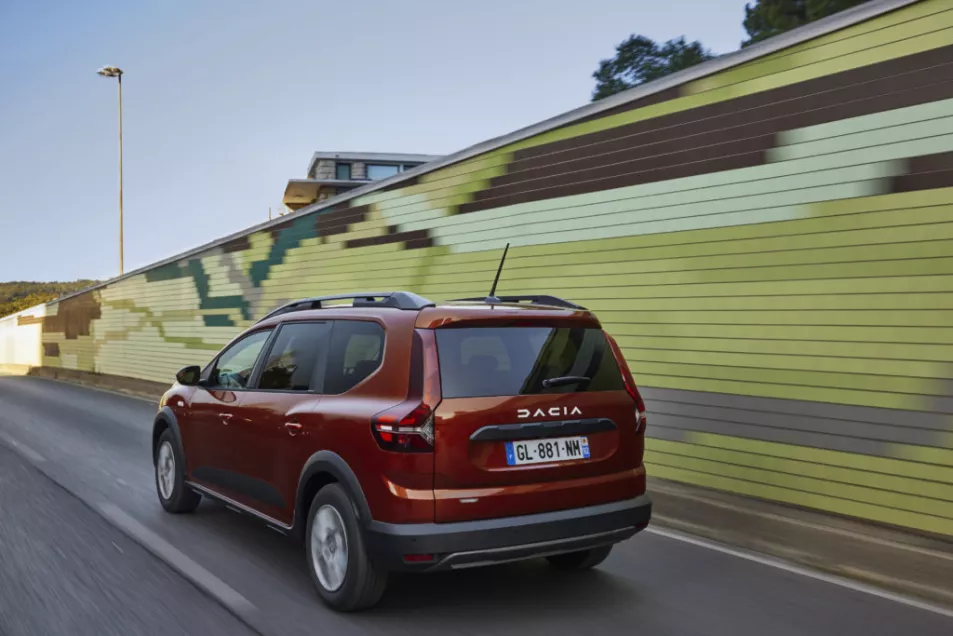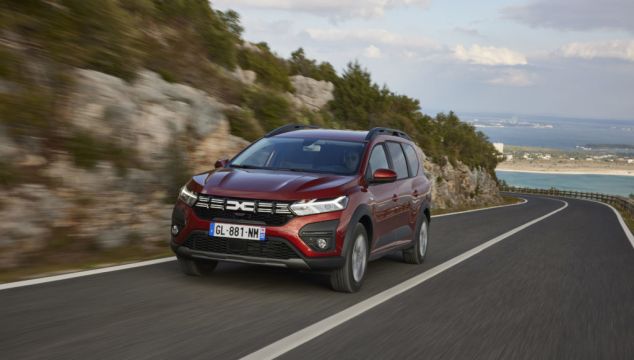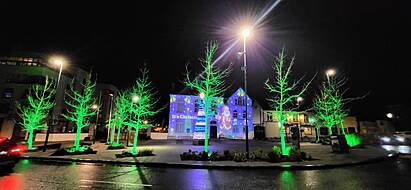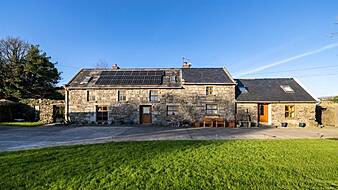Why do we need to talk about need versus want?
Because a little bit of philosophy is good for the soul. Also, in this case, for the planet and your wallet. We all want a nice big SUV, preferably with a fancy German badge on it, and preferably with someone else paying the fuel and tax bills. However, that’s a position in which very few of us will ever find ourselves. So it’s time to start dialling back the want, until the needle actually meets need.
What do we actually need?
Well, if you’re a family car buyer you need lots of space. You also may well need some extra seats, say seven of them, being as there’s a bit of a post-pandemic baby boom going on at the moment. You will certainly need something that’s reliable as cars that break are an expensive nightmare.

What about equipment?
Oh sure… You also need a few basics inside. Air conditioning is a must, as much to keep screens clear on a muggy, wet day as to keep cool on a hot, sunny one. Some way of plugging your phone in both to charge it and to listen to your own tunes is a definitely a modern-day must-have. And seats that don’t leave you in the throes of back-ache agony after a long journey are good.
I feel this is leading somewhere…
It totally is. All that brings us neatly to the Dacia Jogger. Dacia has a pretty glorious recent history of offering people more (or at least enough) for less. Its Duster SUV has long since been a runaway sales success thanks in no small part to it being about as expensive as a well-stocked Fiesta, while the smaller Sandero supermini is an object lesson in being just enough car to do the job that’s needed.
Now comes the Jogger and it might just be one of the most impressive motoring masterstrokes I’ve seen for a while. It takes the front end of the Sandero and grafts it onto a new back end, one with a stepped roof (for headroom in the back) and a vast wheelbase of 2.8-metres (which makes for great legroom).
Is it all cheap and nasty inside?
Actually, no. The dashboard and front seats are basically the same as the Sandero’s, which means that the Jogger is comfortable and plain but serviceable. Our but in the back there are three seats across the cabin in the middle row. They’re not the biggest seats in the world (if your rear seat passengers are tall the front seats will need to be shuffled forward an inch or two) but they’re adequate. Behind them, there’s a third row of seats, which are actually surprisingly spacious and comfortable. While large, expensive, seven-seat SUVs generally only provide toddler-friendly space in row three, your chunky six-foot correspondent can get into the back of a Jogger and be perfectly comfortable.
How practical is it really?
Those third row seats don’t fold flat into the floor — to provide that sort of system would have added to the Jogger’s cost and that’s just not the Dacia way. Instead, you can fold the backs of the seats flat for throwing in small, light loads. Or you can tip and tumble them forwards to open up a very decent amount of boot space. Or — and you will be risking the odd fingertip on some spectacularly fiddly little metal catches here — you can take those seats out entirely (they weigh 10kgs each, so they’re no heavier than a small suitcase) opening up a massive 708-litres of boot space. That’s more room than you’d find in a Volvo XC90.

That’s pretty massive…
Wait, there’s more. The middle row of seats also folds and tumbles forward, and when you do that you have 1,819-litres of space to play with. Come on, IKEA — do your worst…
It can’t be good to drive though, surely?
You’d be surprised — the Jogger is not merely a wardrobe with wheels. The driving news is mixed but largely good. For the moment, there’s only one engine choice (a hybrid version is coming next year): a 1.0-litre three-cylinder turbo petrol engine borrowed from the Sandero and sundry Renaults. It’s a decent little engine, with 110hp and 200Nm of torque. That’s plenty to tug the Jogger around when there’s one or two people in it (it actually weighs a surprisingly trim 1,176kg at the kerb) but it does struggle a touch with long motorway inclines in sixth gear, or when you’ve got all seven seats filled. Fuel economy works out at about the 6.0-litres per 100km mark, so it’s not too thirsty, but not exceptionally economical either. It does makes some odd noises, though. Normally, it just trills along happily with a three-cylinder thrum, but at low speeds ours was emitting a strange, strangled ‘aaaargh’ at certain points. Do they all do that? Perhaps the incoming new 140hp automatic hybrid version won’t do that.
Any problems?
The touchscreen in the middle has very simple and basic software, but it works OK and it connects easily to Apple CarPlay and Android Auto (wirelessly, too). There is a more basic setup with just a USB plug and a clamp to hold your phone, but that might actually be the better option as the screen’s reversing camera has all the visual fidelity of a 1980s CCTV camera, and the screen itself at one point just decided to switch off and didn’t come back on again until it was good and ready.
The Jogger is also not the last word handling finesse. I mean, what were we expecting? The steering has the same hazy relationship with the front wheels that most of us have with our primary school maths at this stage, but actually the Jogger corners tidily, with a hefty dose of understeer and it rides mostly fine too, with only really big lumps making their presence felt. It’s also more refined than you’d expect, with a good deal of wind noise from those roof rails (which pivot sideways to make fitting a roof box or bike rack that much easier) but tyre noise is kept pretty well under control.
Ah, but what about safety?
The independent crash test experts at Euro NCAP have given the Jogger a stinging one-star rating, citing the lack of high-end electronic driver aids. Dacia’s riposte is: What did you expect at this price? It’s basically a safe, or at least safe enough, car though.
So you pay your money and take your chances?
That is the key, here. The Jogger has a starting price of just €25,040. No other car with seven seats comes even close in price terms. Our top-spec Expression model — which comes with the touchscreen, navigation, dark-finished alloy wheels, tinted windows, and keyless entry and ignition — costs €26,940 Or -about €5,000 less than a basic VW Golf. There’s also a new ‘Extreme’ range topper for €28,440 which comes with off-road-y looks, copper-coloured highlights and optional dark green paint. You can even spec it with a fold-away double bed in the back, turning your humble Jogger into an ersatz campervan.
So, what have we learned today, philosophically speaking?
Think carefully about what you want from a car. And then work out exactly what you actually need. And then just buy one of these.
Key Facts
How much? Starts at €25,040. The one we drove was €26,940
How fast? 0-100km/h in 10.5 secs
How thirsty? Official figure is 5.6-litres/100km, realistic figure is 6.0-litres/100km
What do you get? Basic Essential model gets cruise control, air conditioning, seven seats, LED headlights, and rear parking sensors.
How big? 708-litre boot (with the third row removed), space in the middle row a little tight for tall people, but third row is really roomy. Or you can have a double bed…
Plus: Space, rugged build quality, all the seats, surprisingly handsome
Minus: Rough cabin plastics, engine sometimes sluggish, fiddly seat catches, safety rating
Equals: Honestly? It’s all the car you’d ever actually need.







